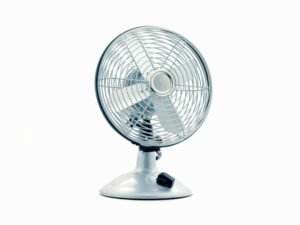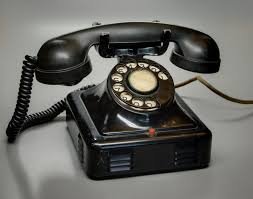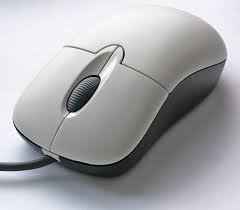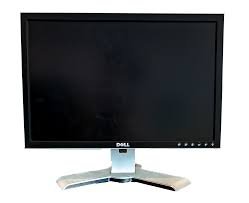Microphone: A Complete Guide to Types, Uses, and Buying Tips

When it comes to sound recording and amplification, the microphone is the most essential tool. Whether you’re a musician, podcaster, streamer, or public speaker, choosing the right microphone can significantly impact audio quality. From condenser microphones that capture studio-quality vocals to dynamic microphones built for live performances, and wireless microphones that offer unmatched mobility, the options can feel overwhelming.
This article explores everything you need to know about microphones, including their history, types, applications, and a step-by-step guide to choosing the right one for your needs.
What is a Microphone?
A microphone is a device that converts sound waves into electrical signals. It captures sound from the environment and transmits it for recording, broadcasting, or amplification. First invented in the late 19th century, microphones have evolved into essential tools in music, communication, broadcasting, and digital media.
Types of Microphones
Not all microphones are created equal. Here are the main types you should know:
1. Condenser Microphone
- Best for: Studio recording, vocals, instruments
- How it works: Uses a diaphragm and backplate to capture sound with great accuracy.
- Pros: High sensitivity, excellent sound quality, wide frequency response
- Cons: Requires external power (phantom power), more fragile
2. Dynamic Microphone
- Best for: Live performances, stage use, broadcasting
- How it works: Uses an electromagnetic induction mechanism.
- Pros: Durable, handles high sound pressure levels, affordable
- Cons: Less sensitive than condenser microphones, limited frequency range
3. Wireless Microphone
- Best for: Stage performances, events, public speaking
- How it works: Transmits audio signals via radio frequencies instead of cables.
- Pros: Freedom of movement, convenient setup
- Cons: Susceptible to interference, requires battery power
4. Ribbon Microphone (Special Mention)
- Best for: Studio vocals, acoustic instruments
- Pros: Natural, warm sound reproduction
- Cons: Fragile and often expensive
Applications of Microphones
Microphones are everywhere in modern life. Here are some key applications:
- Music Production – Recording vocals, instruments, and studio mixing
- Broadcasting & Podcasting – Clear voice capture for radio and podcasts
- Live Events – Public speaking, concerts, conferences
- Gaming & Streaming – For gamers and streamers seeking crisp communication
- Communication – Teleconferencing, online teaching, and video calls
How to Choose the Right Microphone
Choosing the right microphone depends on your needs and budget. Here’s a step-by-step guide:
- Define Your Purpose
- For vocals → condenser microphone
- For live events → dynamic or wireless microphone
- For podcasting → condenser USB microphone
- Check Connectivity Options
- USB microphones for plug-and-play convenience
- XLR microphones for professional setups
- Consider Your Environment
- Quiet studios → condenser microphones
- Noisy stages → dynamic microphones
- Set Your Budget
- Entry-level mics: Affordable USB options
- Professional: High-end condenser and wireless systems
- Test Before Buying
- Always test sound quality and handling before purchase.
Advantages of Using a High-Quality Microphone
- Improved sound clarity
- Professional audio output
- Reduced background noise
- Better audience engagement
- Long-term durability
Tips for Microphone Care
- Store in a dust-free case when not in use
- Use a pop filter to reduce plosives
- Keep away from moisture
- Handle with care, especially for condenser and ribbon microphones
- Regularly check cables and batteries (for wireless microphones)
Internal & External Link Suggestions
- Internal Links:
- Link to an article on audio devices or headphones
- Link to a blog on podcasting setup
- External Links:
Frequently Asked Questions (FAQs)
Q1: What is the difference between a condenser and a dynamic microphone?
A condenser microphone is more sensitive and suitable for studio use, while a dynamic microphone is more durable and best for live performances.
Q2: Are wireless microphones better than wired ones?
Wireless microphones offer freedom of movement, but wired microphones often deliver more stable and interference-free sound.
Q3: Which microphone is best for podcasting?
A USB condenser microphone is ideal for podcasting due to its clarity and ease of use.
Q4: Can I use a microphone with my smartphone or laptop?
Yes, many USB and wireless microphones are compatible with smartphones and laptops using adapters.
Q5: How long does a microphone last?
With proper care, a high-quality microphone can last 10–20 years or more.
Conclusion
The microphone is more than just an audio device—it’s the heart of communication, entertainment, and content creation. Whether you choose a condenser microphone for studio work, a dynamic microphone for stage performances, or a wireless microphone for mobility, selecting the right one can transform your audio experience.
👉 Ready to upgrade your sound? Explore top-rated microphones today and take your audio quality to the next level!
Would you like me to expand this article to 1500+ words with product recommendations (like top 5 microphones) for stronger SEO and affiliate opportunities?



